
Often dismissed as bland, a traditional pot roast can be so much more than a simple comfort meal. With Ina Garten’s French-inspired techniques, it turns into an evolved dish full of deep, layered flavors. Discover the expert tricks that take this classic to a whole new level.
Choosing The Best Cut

A well-marbled chuck roast (4-5 lbs.) will give you juicy, fall-apart tenderness. As it braises, the fat melts slowly, enriching the sauce. Avoid lean cuts like bottom round, which dry out. A proper marble guarantees deep flavor and a melt-in-your-mouth texture.
Building A French Mirepoix
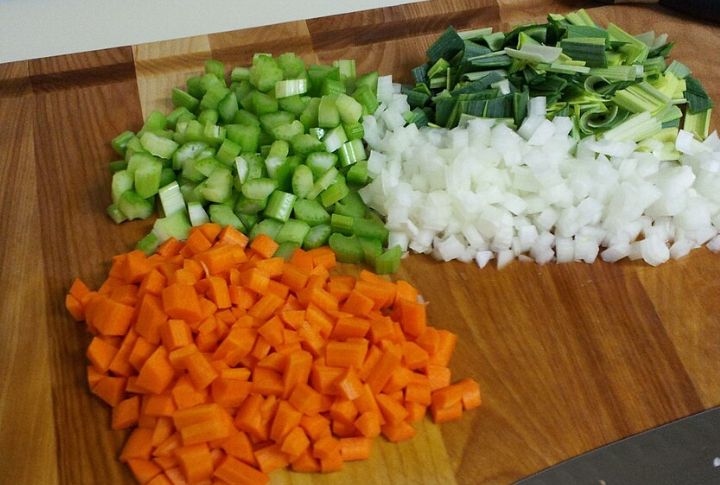
Aromatics are the backbone of French cuisine. The 2:1:1 ratio of onions, carrots, and celery forms a rich base. These ingredients soften and meld into the sauce, which provides sweetness and umaminess. Their slow breakdown adds depth and complexity to every bite.
The Art Of Olive Oil Enrichment
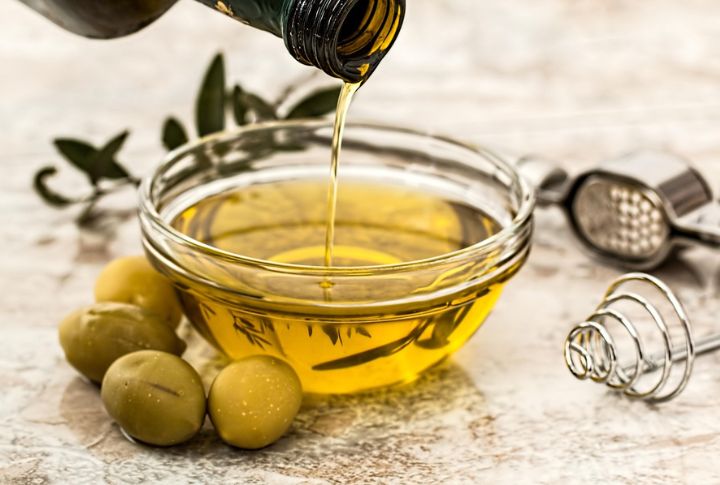
She skips sauteing thick-cut lardons (pork belly batons) before searing the meat and replaces that with olive oil to enhance flavor profiles. Olive oil holds its integrity at higher temperatures and adds a light depth to the dish. It helps bind flavors together with a well-rounded sauce that is authentically French.
Perfect The Sear

A deep, caramelized crust locks in juices and boosts the flavor. Pat the meat dry to prevent steaming, then brown it undisturbed for 5 to 7 minutes per side in a Dutch oven. This sear step develops rich Maillard flavors and forms the base for a complex sauce.
Deglazing With Cognac & Wine
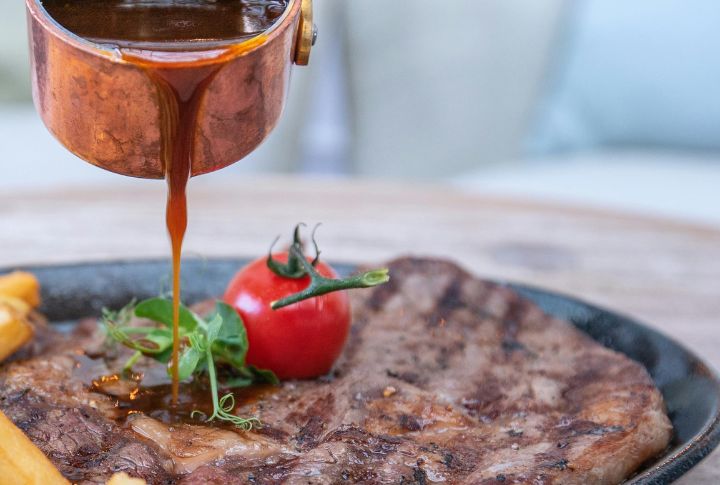
By deglazing with red wine and Cognac, Ina Garten introduces layers to the sauce. The flambeing technique refines the flavors and improves the dish’s caramelized complexity. And the result? A beautifully balanced roast with a luxurious French-inspired finish.
Infusing With Herbes De Provence

A bouquet of garni (thyme and rosemary) adds elegant herbal notes. If you choose to add a pinch of lavender, which Ina skips, it can give the Provencal character. Tie the herbs loosely together for easy removal and a refined yet fragrant sauce with freshness.
Chicken Broth As The Cooking Liquid
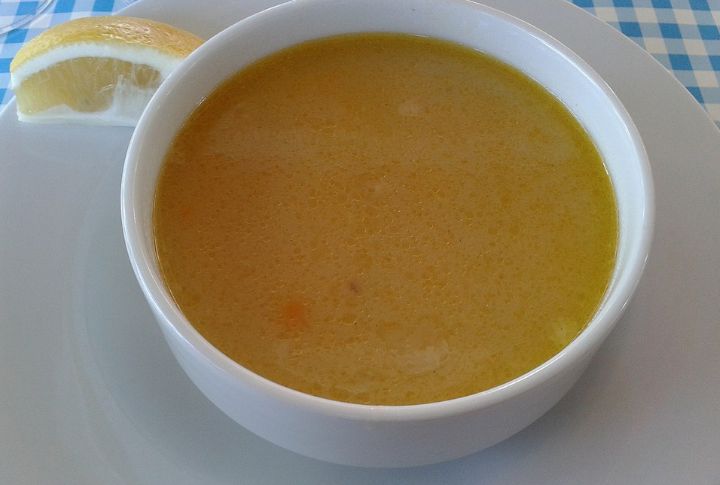
Unlike beef broth, which can be overpowering, chicken broth gives stability while allowing wine and Cognac to shine. It keeps the dish from becoming too salty and lets the meat absorb the delicate interplay of flavors, resulting in a smooth sauce.
Proper Braising Technique

Submerge the roast only halfway in liquid to maintain moisture and caramelization. Fully covering the meat may dilute flavors, while partial immersion intensifies depth. The result is a tender texture that comes loose on your fork with full sauce richness in each bite.
Cooking Low And Slow
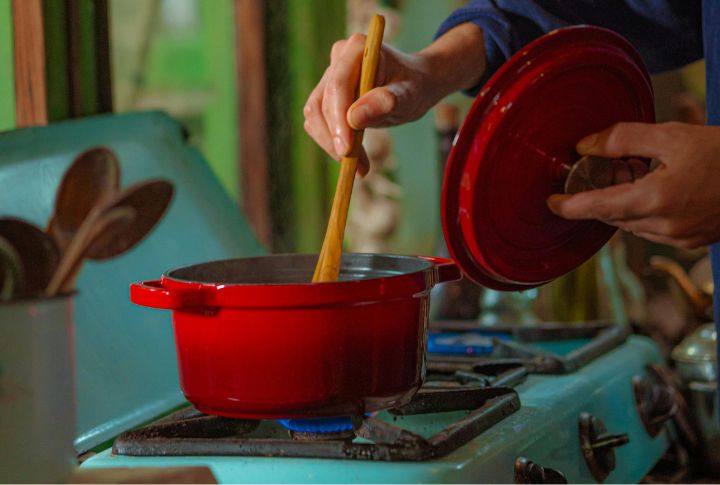
Cooking at 300 degrees Fahrenheit for at least three hours breaks down collagen into gelatin and converts the chuck roast into buttery impeccability. Rushing leads to tough, chewy meat. Gentle, slow cooking guarantees the succulent fall-apart succulence that defines a great pot roast.
The Dutch Oven Advantage
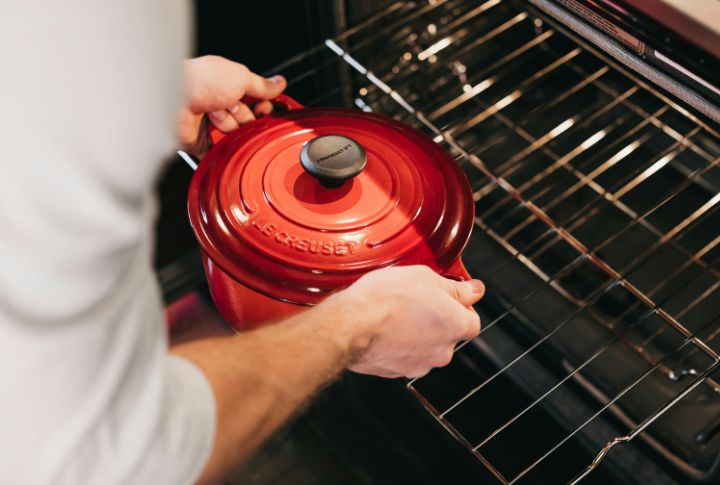
Use a heavy cast-iron Dutch oven for superior heat retention. The tight-fitting lid traps moisture to promote self-basting while allowing even cooking. If you have none available, a heavy-bottomed pot with a secure lid should do, but adjust cook time to prevent excessive evaporation.
French-Style Sauce Reduction
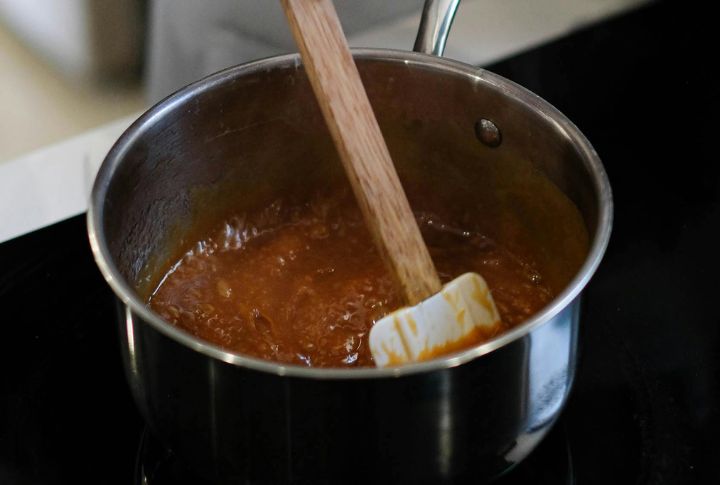
Puree half the liquid/veggies, then simmer all with a roux for a thicker, more concentrated sauce. As it simmers, natural gelatin from the meat enhances its luxurious texture. The final reduction heightens the spirit notes for a bolder and more sophisticated dish.
Roux-Based Sauce Thickening
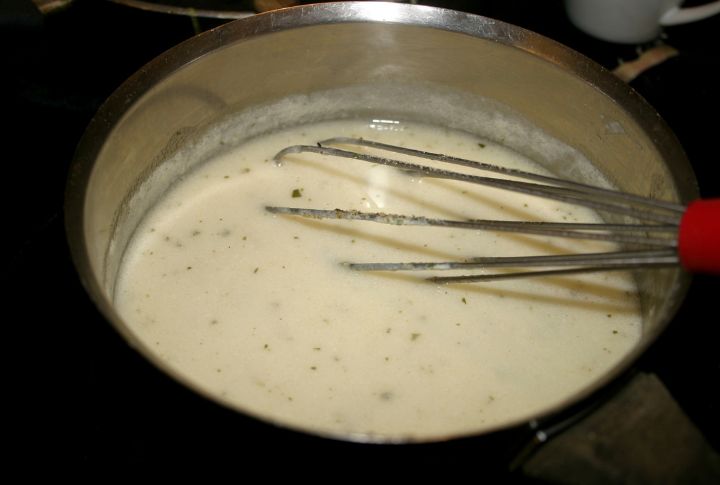
A classic French roux (butter and flour) creates a silky, cohesive sauce that clings beautifully to the meat, unlike cornstarch, which can sometimes feel artificial. Roux adds body and richness to the smooth yet naturally thickened sauce.
Monter Au Beurre (Finishing with Butter)
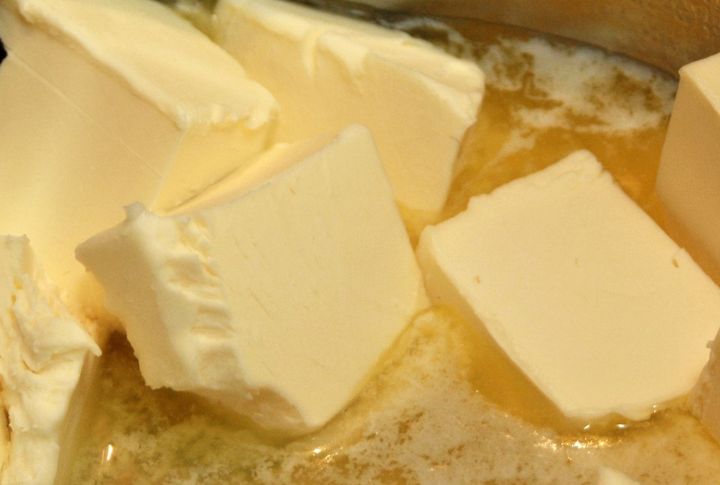
Whisk in cold butter cubes off the heat for a silky, glossy sauce. This time-honored French method (“mounting with butter”) is dedicated to creating an elegant, balanced finish with just the right amount of richness. The result? A luxurious, restaurant-quality finish.
The Importance Of Resting Time
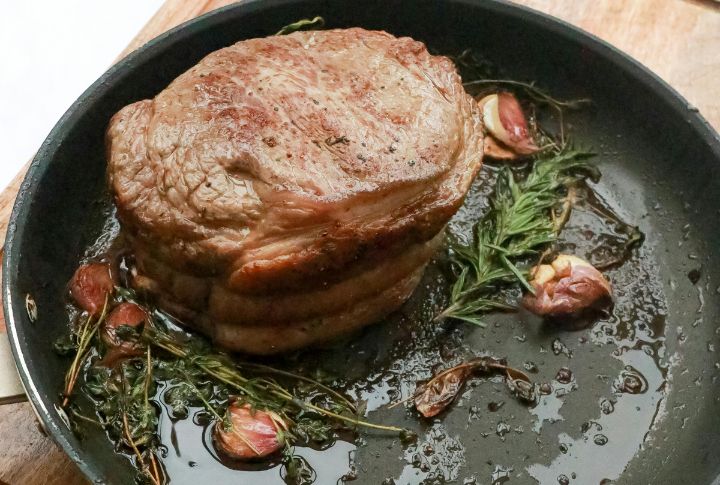
Leave the roast 30 minutes before slicing to allow it to reabsorb juices and prevent dryness. Skipping this step causes moisture loss and toughens the meat. Resting is good for its tenderness and ensures every bite remains as succulent as it is flavorful and perfectly juicy.
Weekend Preparation Strategy

Prepare the roast a day ahead so that the flavor profiles reach a higher note. Refrigerate overnight, then skim the solidified fat before reheating. It is a method that allows flavors to meld beautifully and gives an even more decadent dish with cleaner and easier slicing.
Serving Presentation
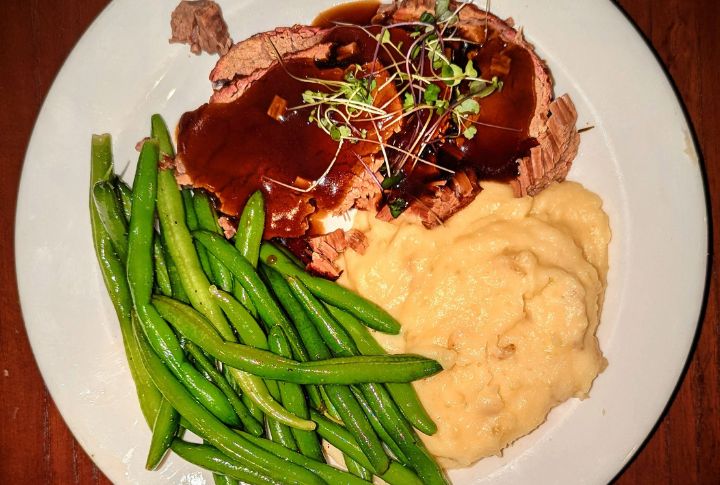
For an elegant presentation, arrange sliced pot roast over mashed potatoes or polenta, then drizzle the sauce around the edges; make sure not to do this over the meat. The dish’s visual appeal remains intact, and you have a balanced meat-to-sauce ratio in every bite.
Accompaniment Considerations
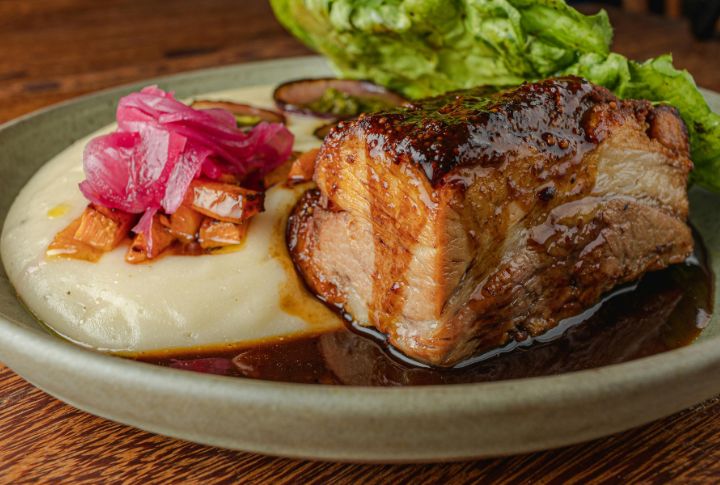
Instead of mashed potatoes, consider buttered egg noodles or creamy polenta for a French-inspired touch. A bitter green salad with lemon vinaigrette cuts through the dish’s richness and offers a refreshing contrast that matches the bold flavors.
Leftover Transformation
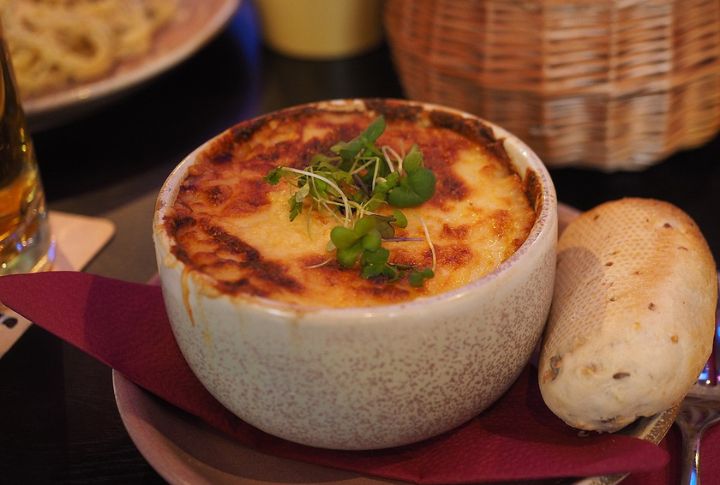
Shred leftover beef for sandwiches with horseradish cream, add it to shepherd’s pie, or, better still, stir it into a hearty mushroom-based pasta sauce. These creative variations breathe new life into leftovers, and nothing goes to waste.
Wine Pairing Perfection
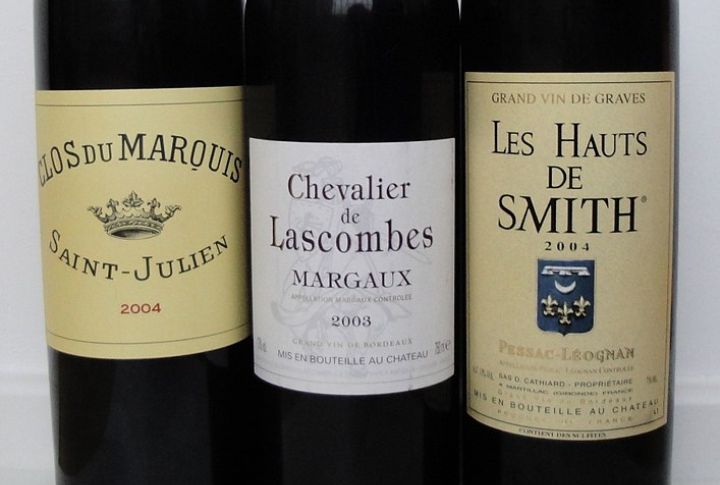
A Bordeaux or Burgundy are wines that pair best, offering enough structure to complement the rich beef and spirit notes. For non-alcoholic options, pomegranate juice and beef broth blend to create a surprisingly harmonious match that enhances the dish’s depth.
Freeze For Future Enjoyment
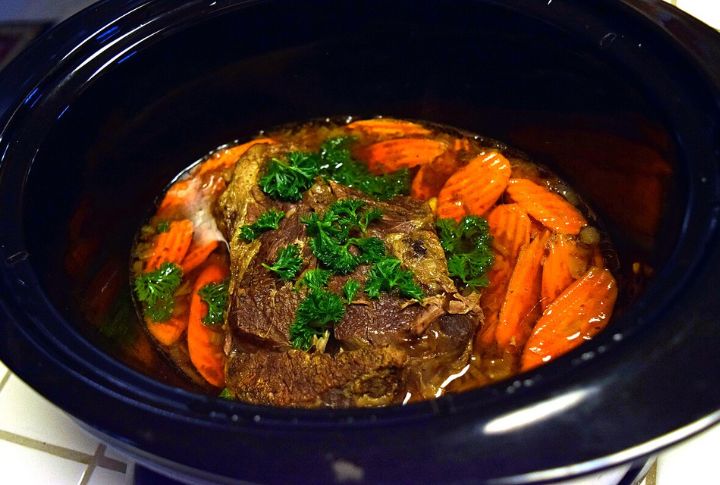
Pot roast freezes with no fuss, making meal prep effortless. Store in airtight containers with sauce to retain moisture. Bring it back into the refrigerator overnight, then warm it up gently in a low oven or stovetop—a perfect way to preserve tenderness and flavor for a stress-free gourmet meal.
Leave a comment